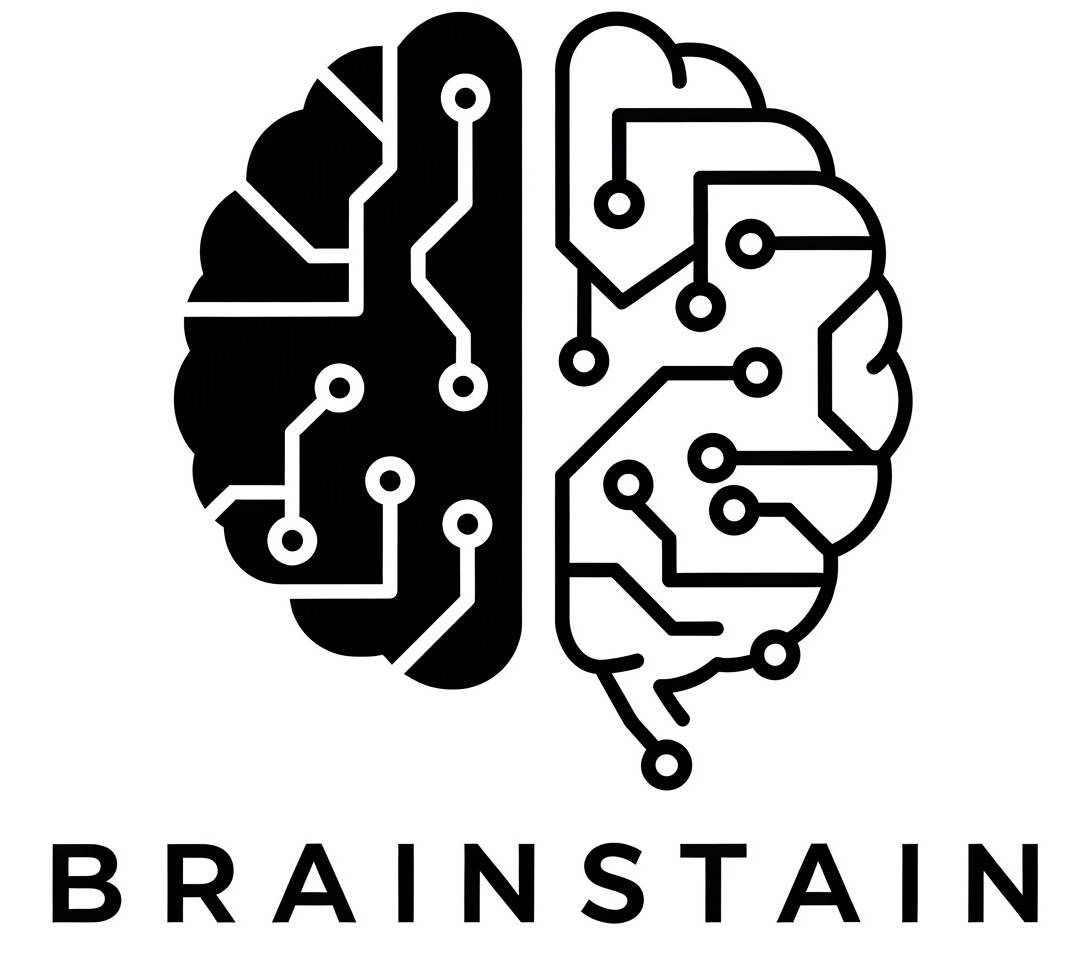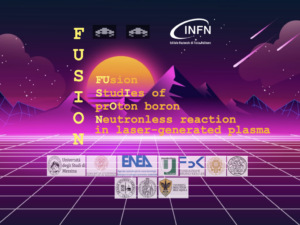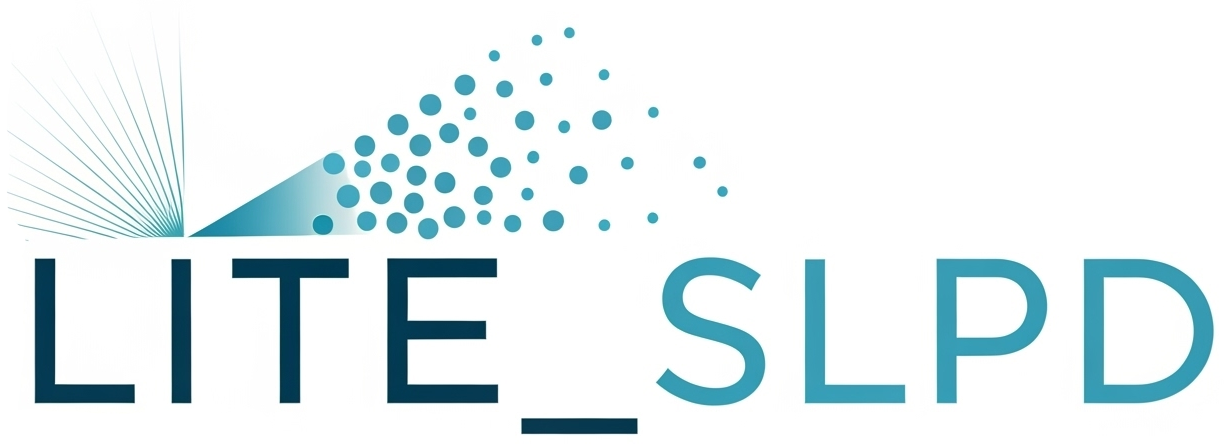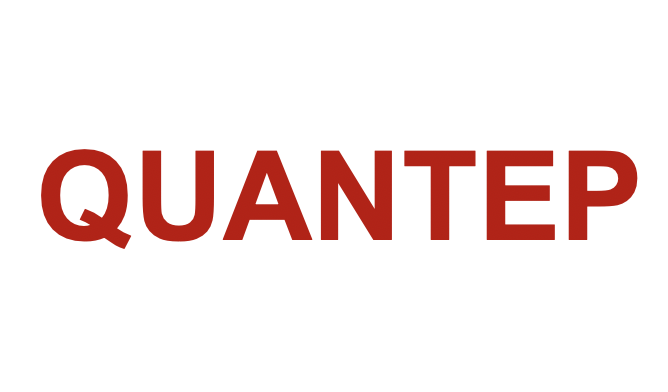The Fifth National Scientific Committee coordinates technological research and the development of applications, and promotes the use—also in other sectors—of tools, methods, and technologies from fundamental physics. The committee is divided into three research areas:
- Developments in Electronics, Computing, and Detectors
- Interdisciplinary Physics
- Accelerators and Related Technologies
Actual projects for the Fifth Scientific Commission in Roma Tor Vergata are:
| Logo | Sigla | Descrizione | Responsabile |
|---|---|---|---|
 | BIOHOT | Biophysical properties of novel light and heavy ions for hadrontherapy | C. Verona |
 | BRAINSTAIN | BRAIN Studies and Technologies for Artificial Intelligence and Neuroscience | R. Ammendola |
 | FUSION | FUsion StudIes On prOton boron Neutronless reaction in laser-generated plasma | C. Verona |
 | LITE_SLPD | Lightweight Integrated Technology for Space Luminoscence and Particle Detection | D. Badoni |
 | MANIFOLD | Multidimensional nANodevice archItectures For lOw-perturbation singLe-ion Detection | F. De Matteis |
 | QUANTEP | QUAntum Technologies Experimental Platform | A. Salamon |
 | SL_BETATEST | Sparc-Lab BETAtron radiation TEST-bed | A. Cianchi |
 | UNIDET | UNIversal DETector for quantum light | A. Salamon |
Local Coordinator: R. Ammendola.
Some older projects have been:



